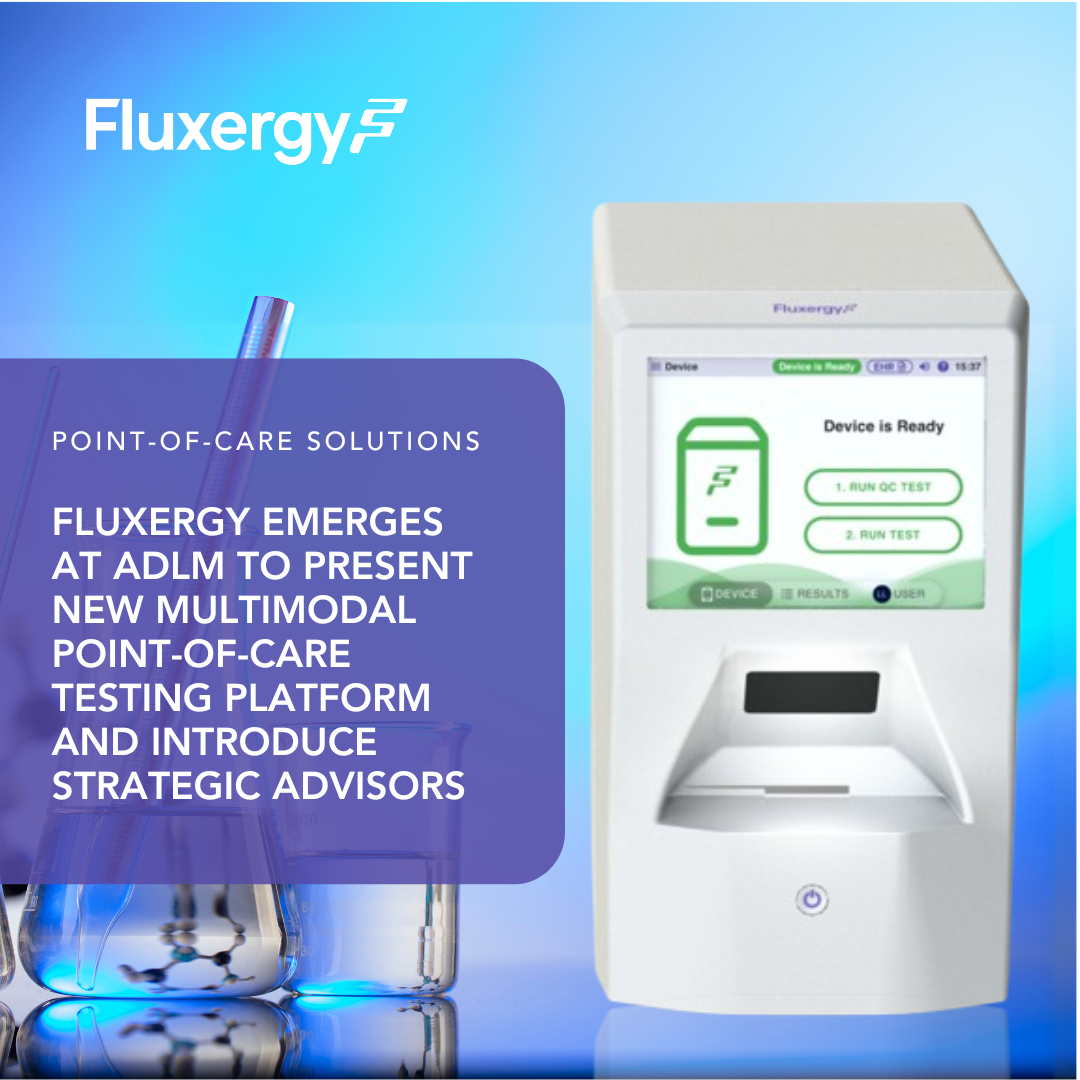
How a Dual LFA and PCR COVID-19 Test Can Reduce Transmission Rates
Fluxergy already has a CE-IVD approved qPCR COVID-19 test on the market and is currently developing an LFA COVID-19 test. While testing for COVID-19 by itself is already extremely important to reducing transmission rate of the virus (clear, positive results make people more likely to self-quarantine and seek treatment), a dual LFA and PCR test will reduce false negative rates and increase testing sensitivity, yielding more accurate results, and thus has the potential to save more lives.
What does LFA and PCR Mean?
Lateral Flow Assay (LFA)
LFA is a simple diagnostic device that verifies the presence of a specified target substance. When the target analyte is present, a visible color change will occur due to a chemical reaction as the analyte comes into contact with receptors attached to colored tags. There are a variety of alternate names for LFA; some of the most common include dipstick and ELISA-based test strips. The most ubiquitous example of an LFA is the pregnancy test.
Polymerase Chain Reaction (PCR)
PCR is a quick and simple technique used to “amplify” or make copies of small segments of DNA using the enzyme DNA polymerase. This is necessary, as the pieces of DNA are so small that they are difficult to detect without amplification.
How are They Different?
LFA COVID-19 tests will give fast results in 15 minutes, while PCR COVID-19 tests take a little more time, clocking in at around an hour. Although both tests have high specificity, LFA tests are less sensitive and more prone to false negatives. In our model, the LFA test will test for antibodies while the PCR test will test for active Sars-Cov-2 genetic material—in short, the LFA test will tell you if you had COVID-19 and the PCR test will tell you if you have COVID-19.
Why Should We Use Both?
Due to the relatively low sensitivity of LFA, it is beneficial to verify LFA results with a PCR test. The speed of an LFA test will allow rapid clearance in situations that are time sensitive, which can then be verified via PCR using the same sample, device, and test card an hour later.
Applications and Use Cases
For testing to be effective, as many people as possible must be screened as often as possible. This way, we can track who has tested positive, where they’ve been, and the people who have come into contact with the carrier. To make this possible, Fluxergy has developed and released a portable diagnostic system capable of performing these tests, which can be used virtually anywhere with a computer.

Some potential use cases are:
• Emergency department testing
• Delivery ward testing
• Outpatient procedures
• Surgical procedures
• Workplace screening
• Community reopening applications
• Testing of schools for in-person learning
• Travel certifications
Before the world can reopen with minimized risks, the infrastructure for widely available COVID-19 tests must be put in place.





